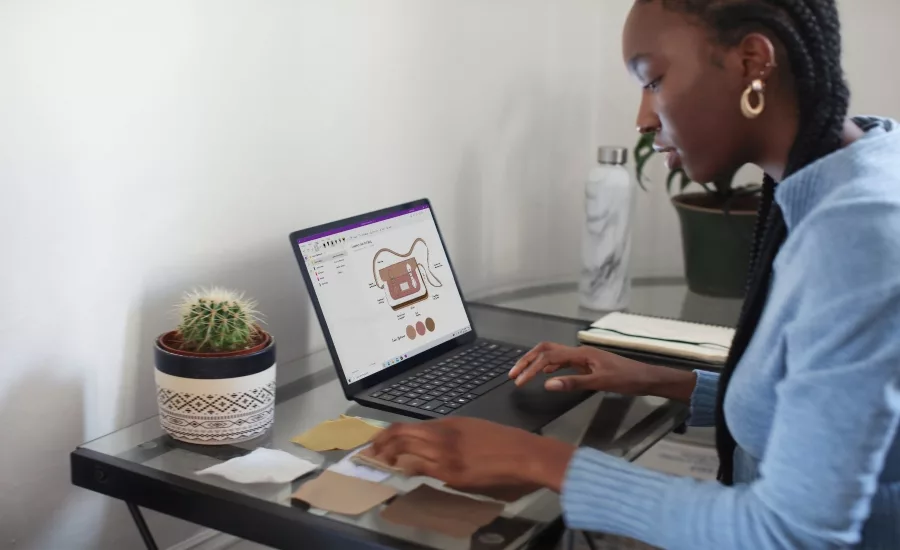Staying healthy & virus free digitally

In the United States, February is often considered the last peak month of flu season. We are all accustomed to the unpleasant coughing fits and runny noses that accompany winter’s chill. However, in a turn of events, the common flu has been relatively uncommon across the country this winter. Instead, we continue to deal with the fallout from the far more contagious—and far less forgiving—SARS-CoV-2 virus.
As we have lived with the COVID-19 pandemic for almost a year now, we have learned that there are a number of steps we can take to limit the continued spread of the virus, from physical distancing and regular hand-washing to wearing masks when around others. But as the pandemic has gone on, we have also learned that not just our physical health is at risk. Our digital health is also under attack in unprecedented ways.
The data reveal a startling trend: Since the pandemic began, there has been a 600% increase in cybercrime. This has accompanied a similar remarkable increase in remote, online work. After the pandemic arrived, businesses saw a 900% increase in remote work, from one in thirty companies to one in three reporting employees working away from headquarters.
There are numerous public health benefits to these moves toward remote work, but as a result, businesses are now having to contend with a series of new vulnerabilities associated with maintaining a remote, online workforce. These run the gamut from safely authenticating users for access to information to thwarting new attempts by bad actors designed to plant malware through phishing emails disguised as CDC or WHO correspondence.
Whether with respect to the physical world or the digital one, we can all take more proactive steps to look after our personal health and stay virus free. This is especially true for individuals who need to protect personal information as traditionally private and in-person interactions, such as doctor’s visits, migrate to online platforms.
One such example is in the area of tele-health, where our physical and digital health intersect. The convenience of these kinds of visits speaks for itself, but it also poses new risks to the privacy of personal medical records and patient care. Simply stated, there needs to be greater awareness about who has access to private information, and how that information can be protected.
So, when it comes to staying healthy and virus free, what are the mask-wearing and physical distancing digital health equivalents? To begin, one of the easiest ways to protect your information is to utilize a tracking blocker, which allows users to browse the internet without behavior or personal information being collected. Further, when browsing the internet on a public network, use a VPN, which maintains a safe digital distance between users and the local network. Fortunately, many privacy products build in such digital health features. Taking small steps like these, among others, will make a significant difference in improving the security of your private information.
However, it is not just individuals who need to be paying attention to the issue of personal data privacy. More than ever before, businesses also need to focus on improving their privacy practices and strengthening their information security. Recent breaches of commercial and government organizations due to the SolarWinds hack demonstrate the high costs associated with lapses in digital health. If that particular breach has taught us anything, it is that even professionals need to remain constantly vigilant against digital threats from those who would misuse sensitive information.
As more consumers pay increasingly close attention to the importance of digital privacy and security in their own lives—a trend that will only continue in our remote-working world—they will demand greater care from the businesses they interact with when it comes to protecting their private and sensitive information. It is incumbent upon the business community to meet these expectations.
So, while the country navigates flu season, the COVID-19 pandemic and new digital threats to our health, we can all work individually and corporately for the sake of the public good. Just as following CDC guidance can keep our communities physically strong and healthy, taking simple security steps can ensure that this winter, we also stay digitally healthy, happy and virus free.
Looking for a reprint of this article?
From high-res PDFs to custom plaques, order your copy today!





